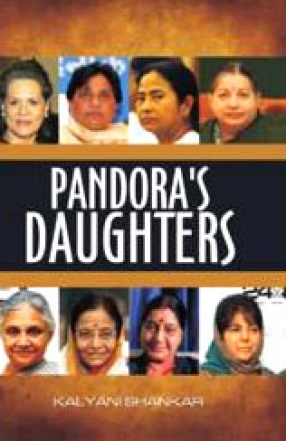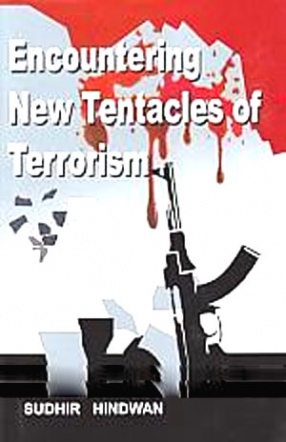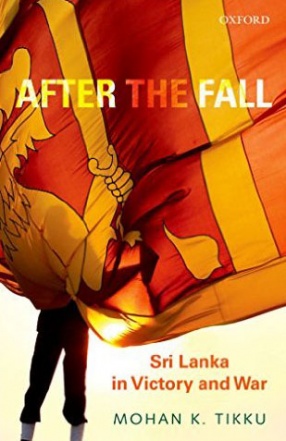
Second Anglo-Mysore War (1780-84)
Out of stock
The British had to wage four wars with Mysore, three with the Marathas, two with the Sikhs besides a few more with other powers. Among these wars the Second Anglo-Mysore War was unique, in the sense that it was fought at a time when the foundation of British Rule was shaken to its base by the formidable confederacy of the principal local powers, Mysore, Marathas and the Nizam. It was also a time when England was embroiled in a war with her colonies in America and their allies-the French, Spaniards and the Dutch. While the English fought all other wars in their enemies’ territories the Second Mysore War was fought in their own territory of which two came under the control of Hyder, depriving them of their own resources. The defeat of Baillie in Polilur in September, 1780, the retreat of Munro in panic to Madras and fall of Arcot in October 1780, rendered the fortunes of the English in India to fall to the lowest watermark. Even the advent of Sir Eyre Coote did not help the English. He fought four obstinate battles in Portonovo, Polilur, Sholingarh and Arni with Hyder and gained the field, but without any material benefit. He had to be mostly on the defensive. The present work attempts a fresh review of the causes, course and results of the war in the light of the hitherto unexplored contemporary records available in the archival repositary of Tamil Nadu. It analyses the diplomatic skill of Tipu Sultan in projecting himself the victor in the war, which was for al practical purposes a drawn one and in making it appear to the local powers as if the English begged him for peace.




There are no reviews yet.